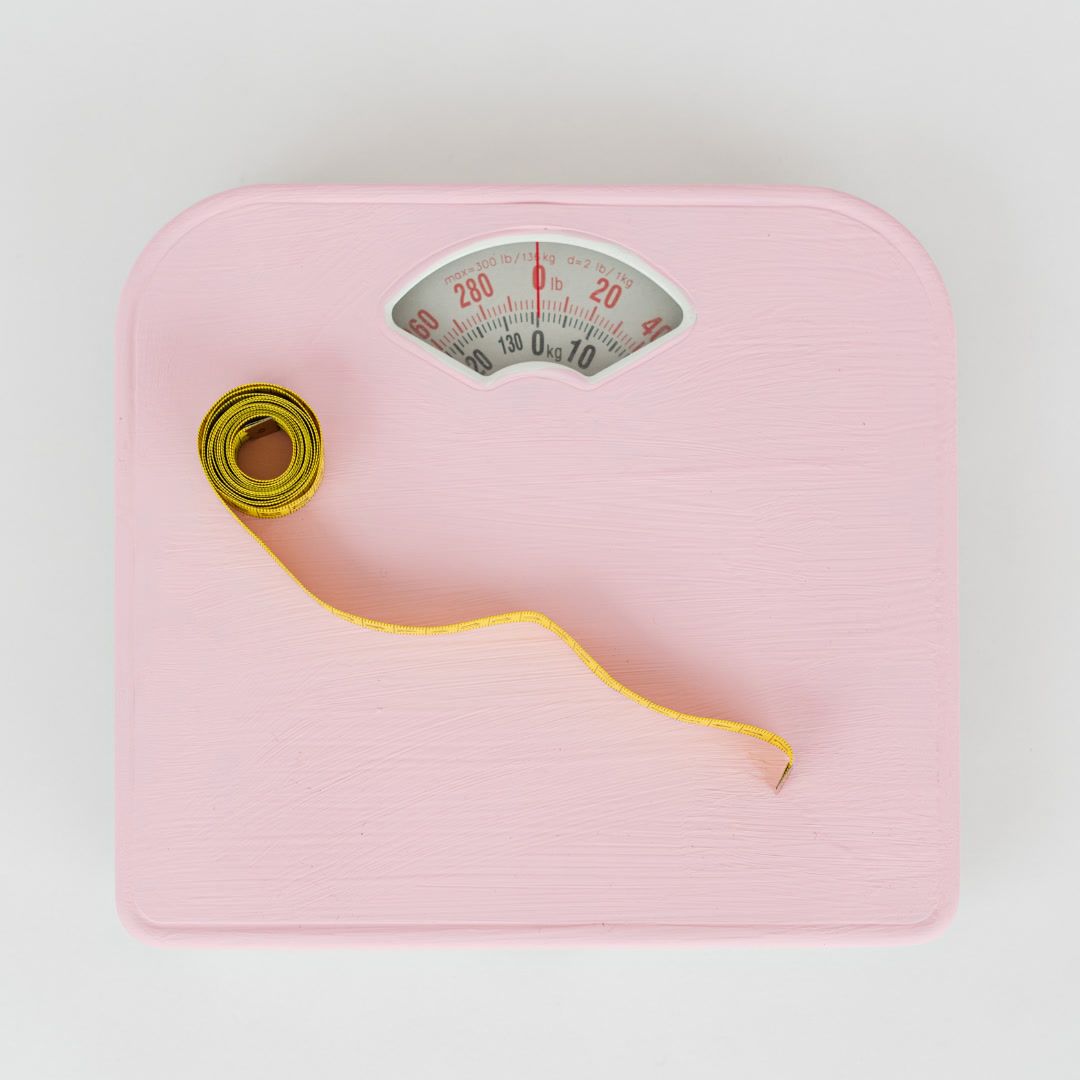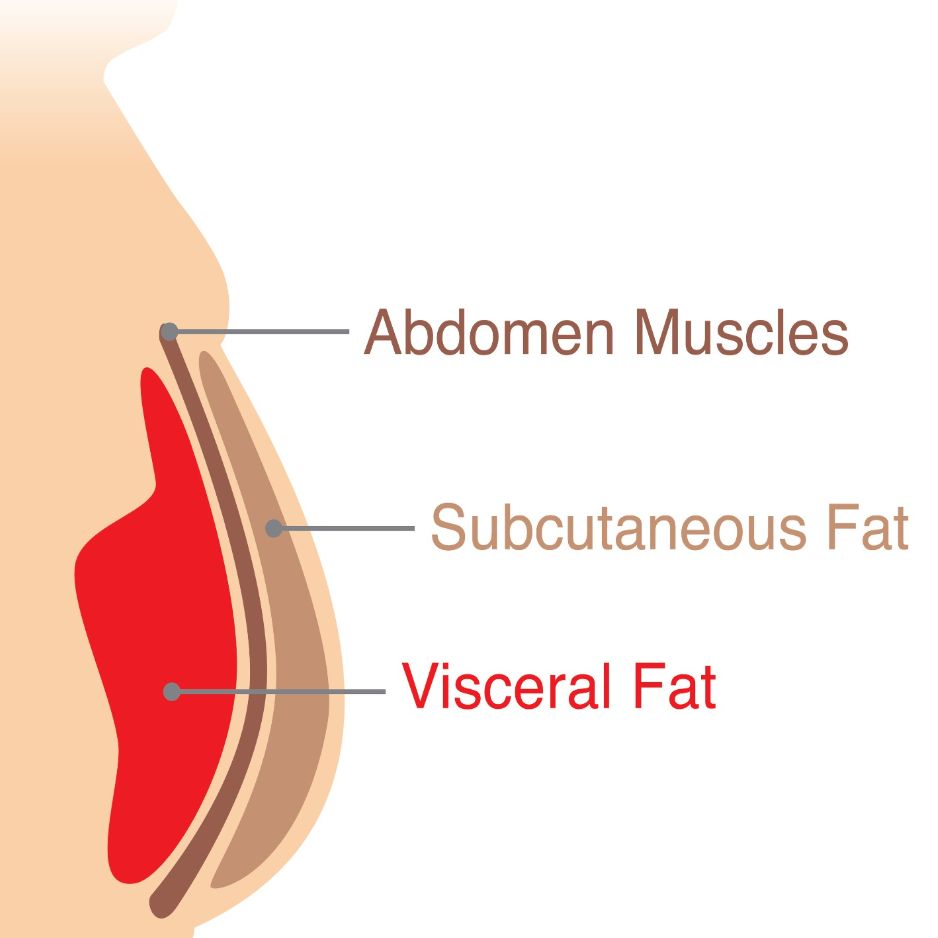Foods That Reduce Inflammation: A Science-Backed Guide
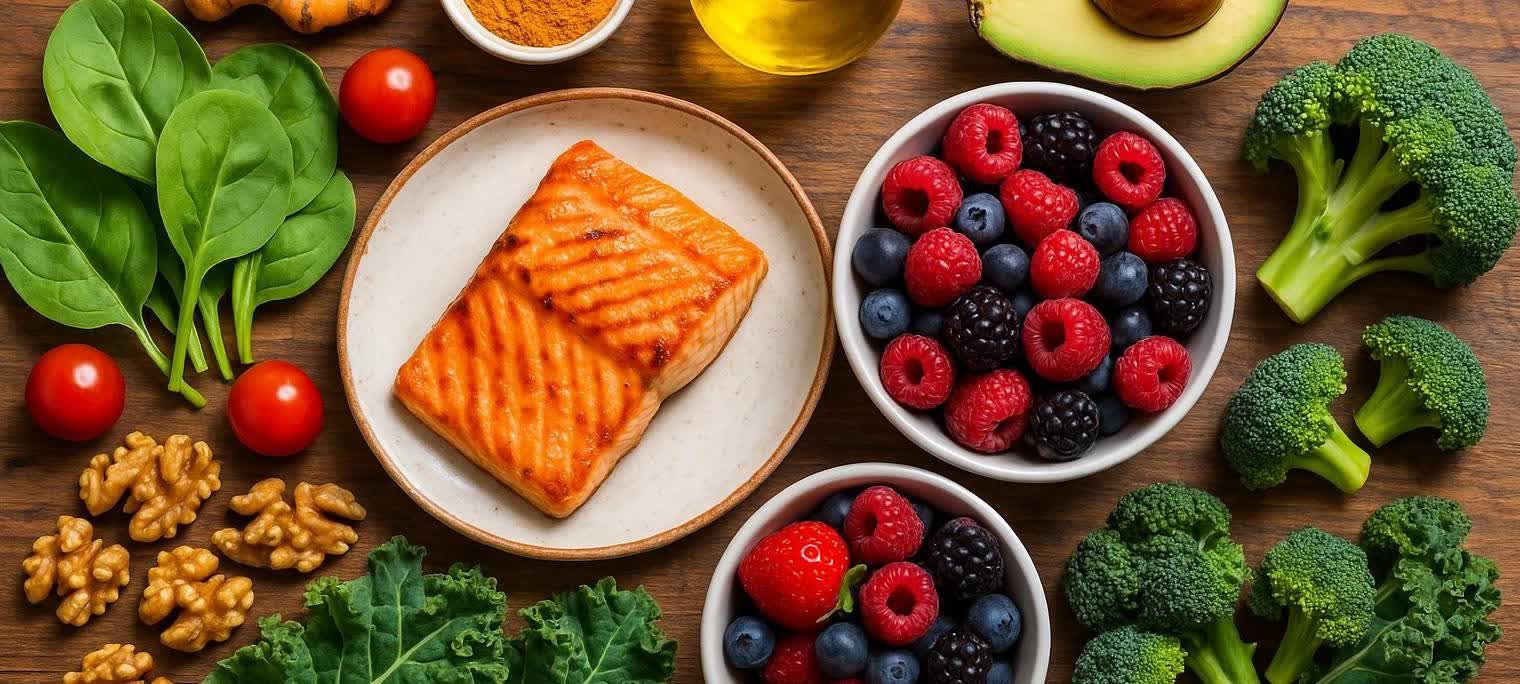
What Foods Reduce Inflammation? A Science-Backed Guide
Inflammation is your body's natural defense system—a biological first responder to injury or infection. When you cut your finger, the localized redness, swelling, and warmth are signs of acute inflammation at work, a process that’s essential for healing. But what happens when that inflammatory response doesn't shut off?

This is chronic inflammation, a persistent, low-grade activation of the immune system that can simmer for months or years. The American Heart Association notes that chronic inflammation plays a key role in the development of heart disease.
One of the most powerful tools for taming excess inflammation isn't in the medicine cabinet—it's in your kitchen.
This guide covers the science-backed foods that calm inflammation, highlights which to avoid, and shows you how to translate dietary choices into measurable health gains.
The Best Anti-Inflammatory Foods to Add to Your Diet
Adopting an anti-inflammatory diet isn’t about restrictive rules; it’s about incorporating a variety of nutrient-dense, whole foods. Here are some of the most potent ingredients to add to your plate.
1. Fatty Fish

Why it works: Fatty fish like salmon, mackerel, herring, and sardines are packed with the omega-3 fatty acids eicosapentaenoic acid (EPA) and docosahexaenoic acid (DHA). Your body converts these fats into resolvins and protectins—specialized mediators that help actively shut down the inflammatory response. Johns Hopkins experts highlight that omega-3s can reduce inflammation tied to metabolic syndrome and heart disease.
How to eat it: Aim for at least two 3.5-ounce servings of fatty fish per week. Try grilled salmon with roasted vegetables or add sardines to your avocado toast.
2. Berries
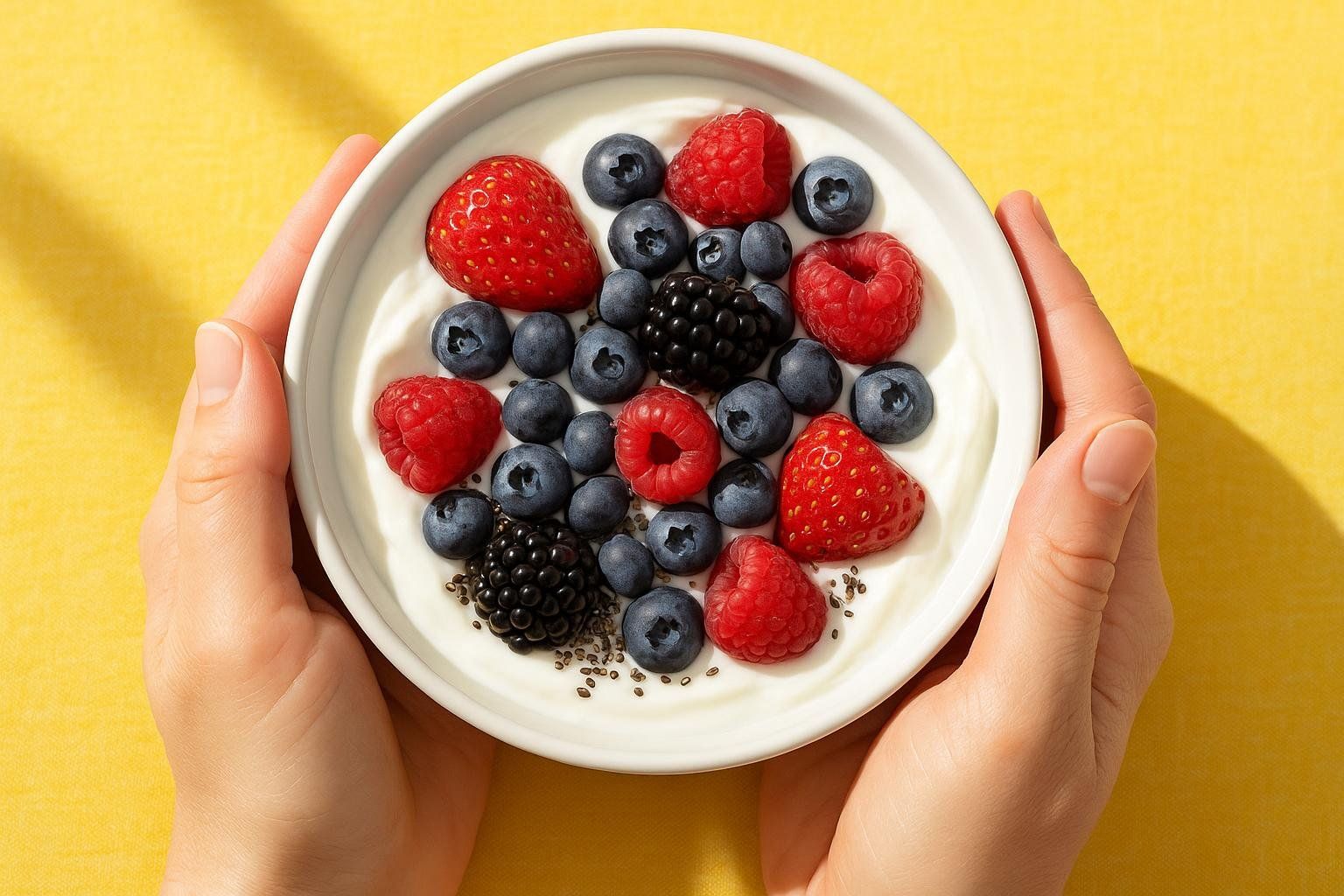
Why they work: Berries deliver a concentrated source of vitamins, minerals, and fiber. Their vibrant colors come from antioxidants called anthocyanins, which have powerful anti-inflammatory effects. A review of human clinical trials found that regular berry consumption lowers inflammatory markers and may reduce chronic disease risk.
How to eat them: Add a cup of mixed berries to your morning oatmeal or yogurt, blend them into a smoothie, or simply enjoy them as a snack.
3. Leafy Greens and Cruciferous Vegetables
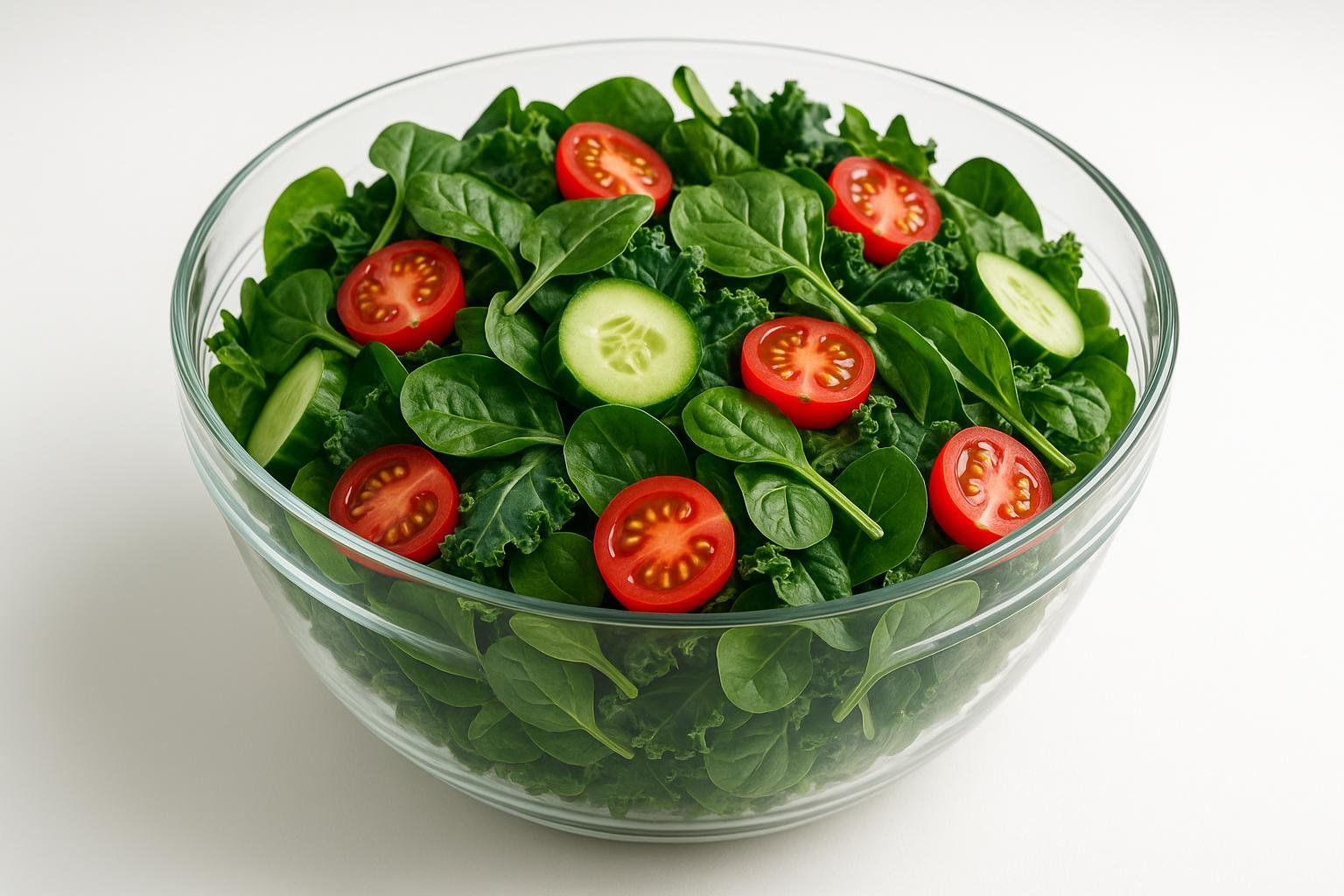
Why they work: Vegetables such as spinach, kale, broccoli, and cauliflower are exceptionally dense in micronutrients and antioxidants. They contain compounds like sulforaphane in broccoli, which fights inflammation by neutralizing free radicals.
How to eat them: Fill half your plate with a variety of colorful vegetables at every meal. A spinach and kale salad for lunch, or a side of steamed broccoli with dinner, can significantly boost your intake.
4. Nuts and Seeds
Why they work: Almonds, walnuts, chia seeds, and flax seeds are excellent sources of anti-inflammatory monounsaturated fats, omega-3s, and antioxidants. They help protect cells from oxidative stress, a key driver of chronic inflammation.
How to eat them: Grab a small handful of walnuts for a snack, sprinkle chia seeds over your salad, or add ground flaxseed to your smoothies.
5. Olive Oil
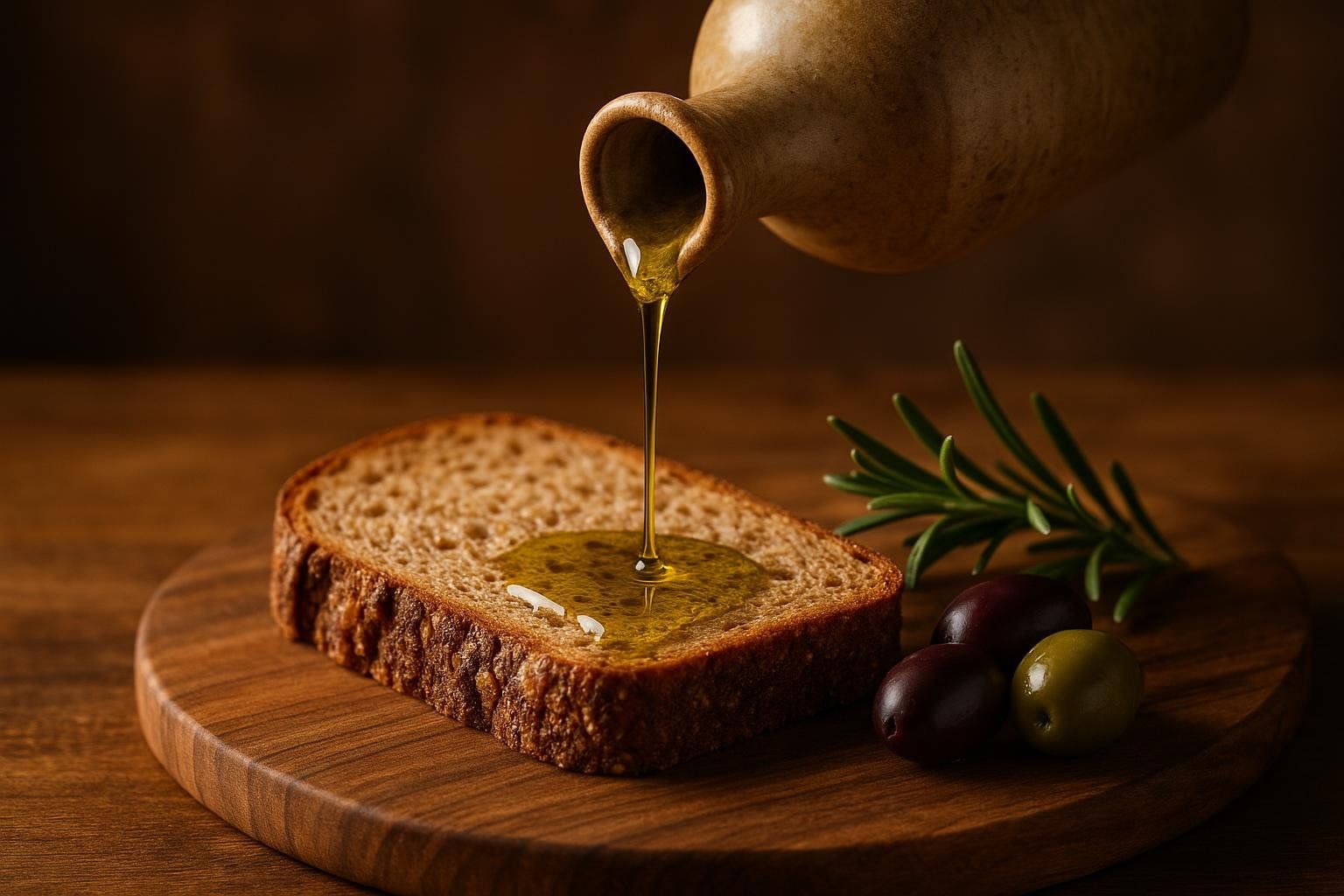
Why it works: Extra-virgin olive oil is a cornerstone of the anti-inflammatory Mediterranean diet. Its heart-healthy monounsaturated fats help lower inflammatory markers. Olive oil also contains oleocanthal, a natural compound that helps inhibit pro-inflammatory enzymes.
How to use it: Use extra-virgin olive oil as your primary cooking oil, or drizzle it over salads and roasted vegetables.
6. Turmeric
Why it works: This bright yellow spice contains curcumin, a compound renowned for its powerful anti-inflammatory properties. A meta-analysis of randomized controlled trials found that curcumin significantly reduced key inflammatory proteins.
How to use it: Pairing turmeric with black pepper significantly boosts curcumin's bioavailability by slowing its breakdown in the body. Add turmeric to curries, soups, or golden milk lattes.
7. Green Tea
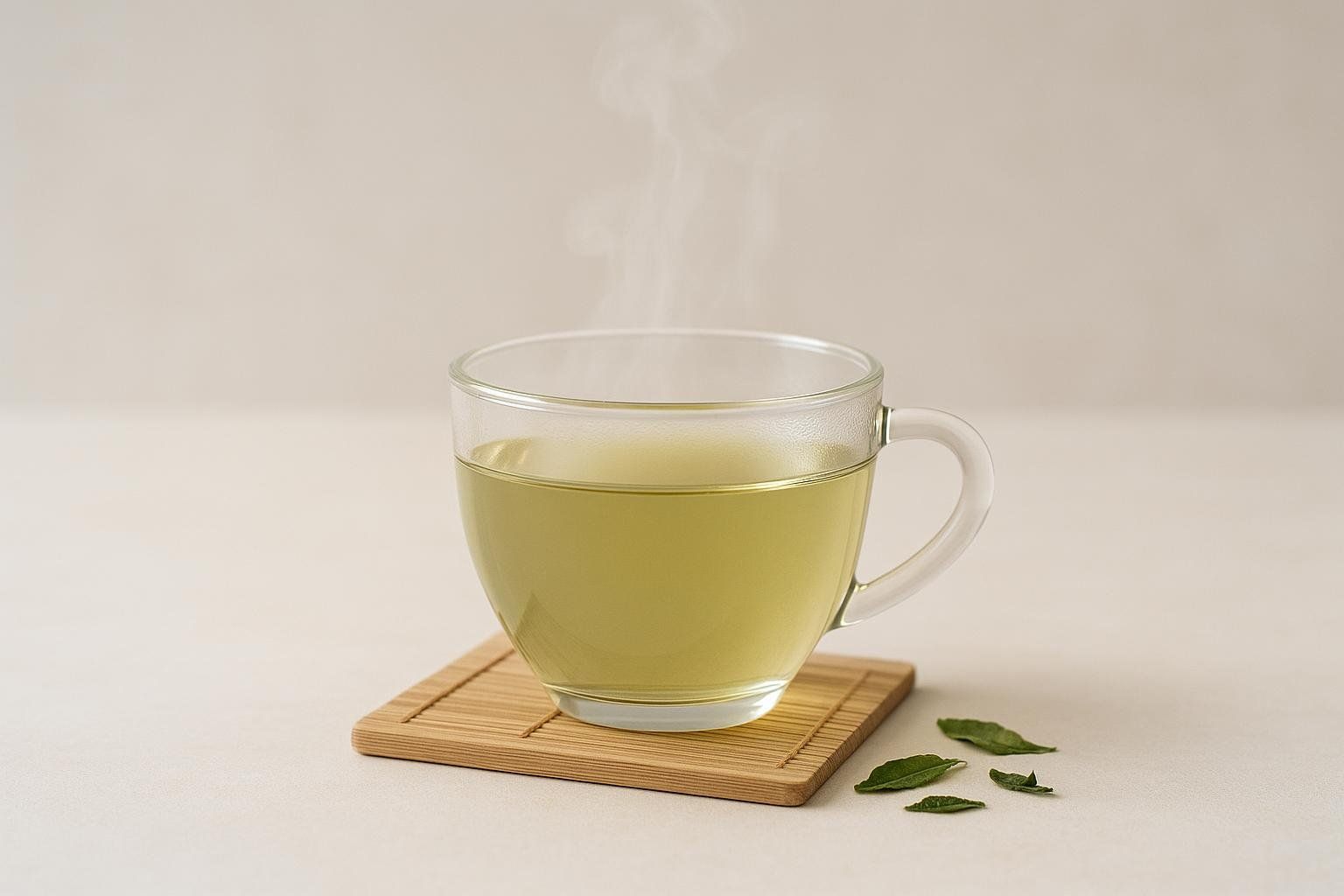
Why it works: Green tea is rich in epigallocatechin-3-gallate (EGCG), a potent antioxidant that inhibits inflammation by reducing pro-inflammatory cytokine production.
How to drink it: Swap your afternoon coffee for a cup of green tea. Enjoy it hot or iced.
8. Dark Chocolate and Cocoa
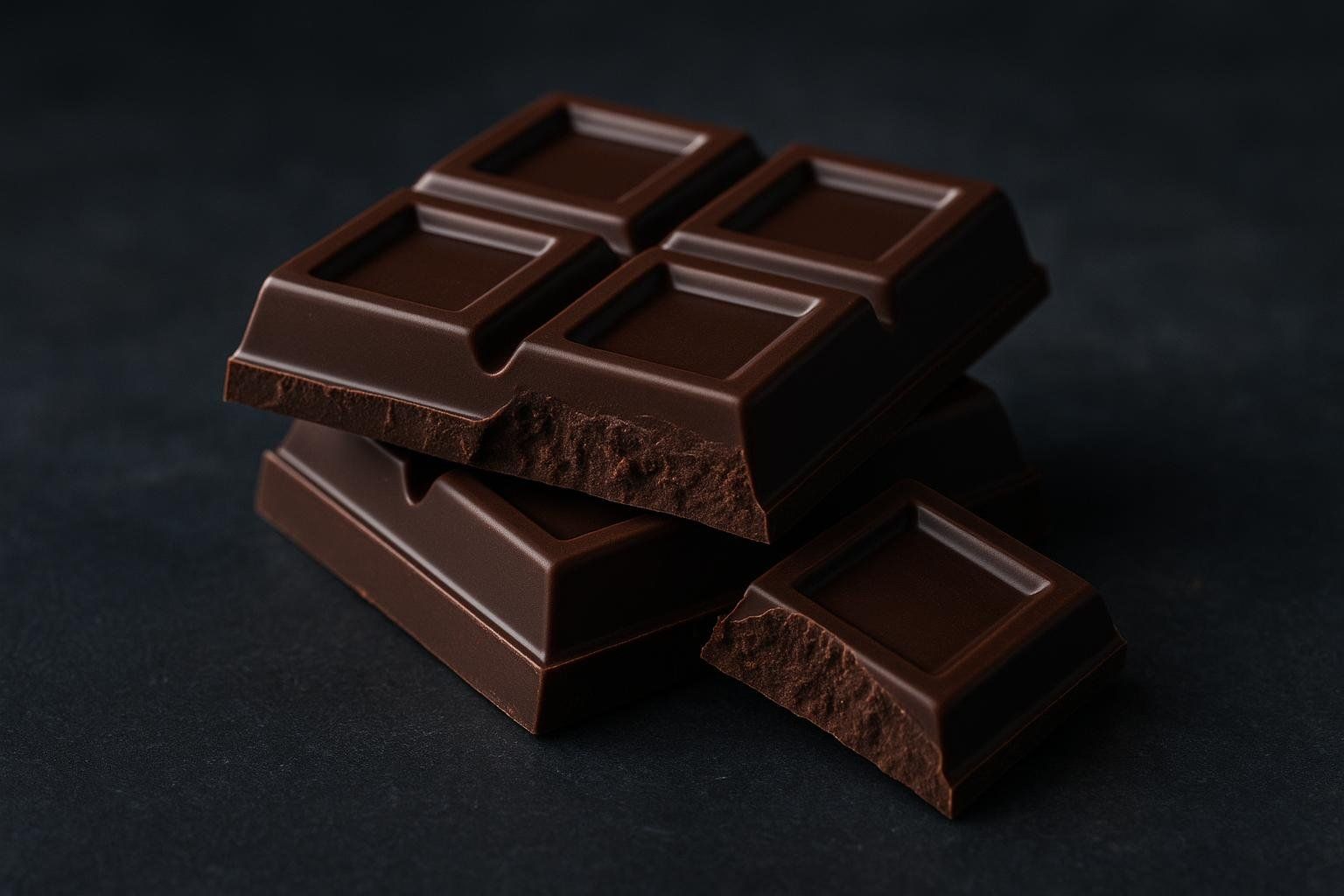
Why it works: Dark chocolate is packed with flavanols, antioxidants that help reduce inflammation and keep the endothelial cells lining your arteries healthy. Studies show that cocoa flavanols improve endothelial function and may lower blood pressure.
How to eat it: Choose dark chocolate with at least 70% cocoa content, and limit your portion to about 1 ounce (roughly one to two squares) per day to capture the benefits without excess sugar or calories.
Foods That Can Trigger Inflammation
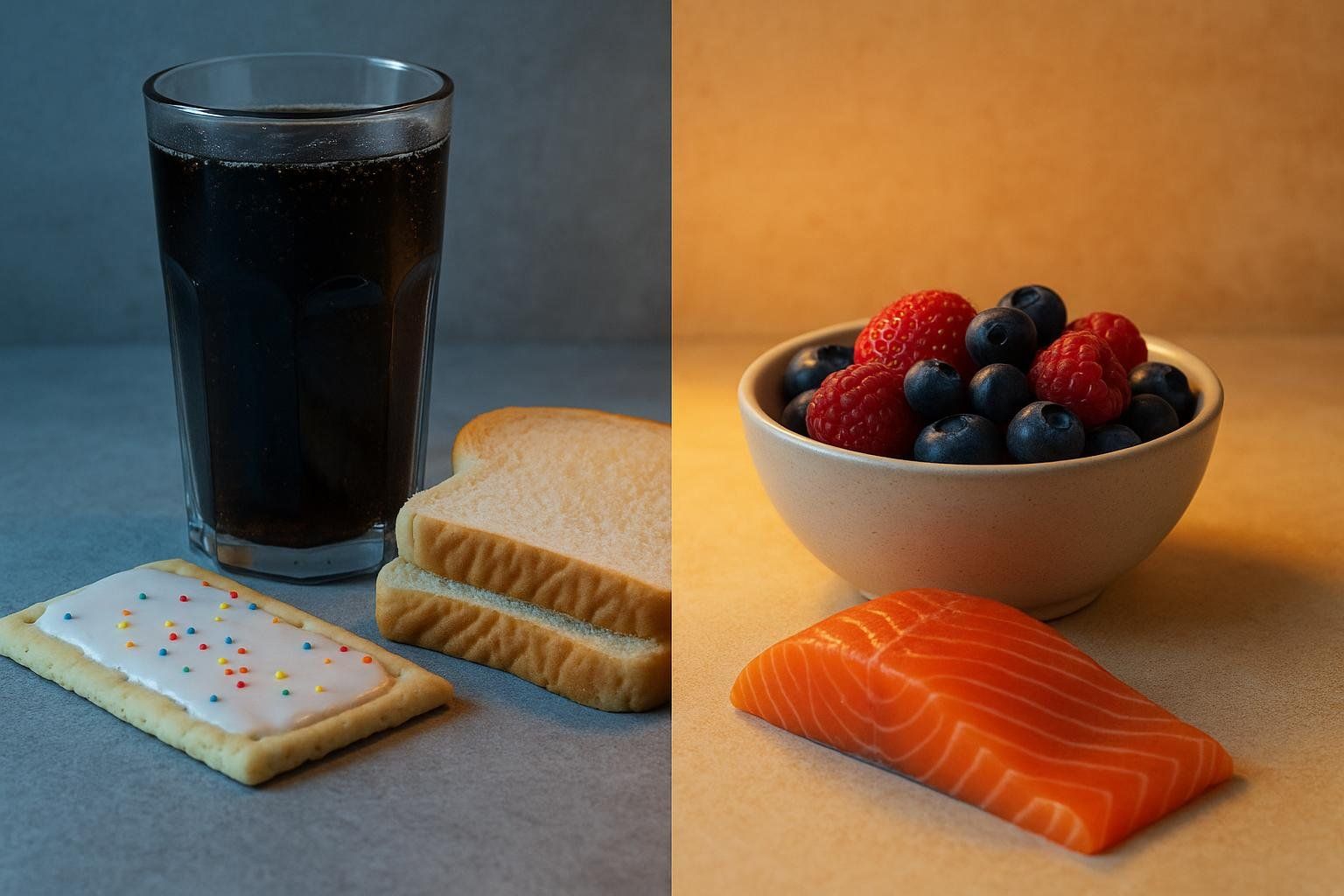
Just as some foods can calm inflammation, others can promote it. To protect your health, limit the following:
Sugary Drinks
Sodas, fruit juices, and sweetened teas are major sources of added sugar. Frequent consumption is linked to higher inflammatory markers, according to Harvard Health.
Refined Carbohydrates
Diets high in foods like white bread, pasta, and pastries are associated with greater cardiovascular risk because they drive inflammation.
Processed Meats
Processed meats such as bacon, sausage, and hot dogs contribute to inflammation through multiple factors: they are rich in saturated fat and sodium and accumulate advanced glycation end products (AGEs) during high-heat cooking.
Unhealthy Fats
Industrial trans fats, often found in fried and processed foods, can activate inflammatory pathways in blood vessels and disrupt cellular health.
Beyond Diet: Measuring What Matters
An anti-inflammatory eating pattern is highly effective at shrinking visceral fat—the metabolically active fat that surrounds your organs and continuously releases inflammatory chemicals. As this hidden fat recedes, blood markers like C-reactive protein often fall in tandem.
A DEXA scan—the clinical gold standard for body composition analysis—offers a highly precise way to track these changes. The scan quantifies visceral fat, total body fat, lean mass, and even bone density in about 10 minutes. Comparing scans over time provides objective data on whether your dietary changes are successfully reducing visceral fat, a key contributor to inflammation.
The Bottom Line
Food is one of the most accessible and effective tools we have to quiet the chronic inflammatory “fire” that fuels many modern diseases. Load your plate with omega-3–rich fish, colorful produce, spices like turmeric, and healthy fats such as extra-virgin olive oil. Then cut back on sugary drinks, processed meats, and trans fats to further dial down inflammation.
Ready to make these foods part of your routine? Our collection of healthy meal prep ideas shows you how to turn anti-inflammatory staples into quick, delicious meals.
